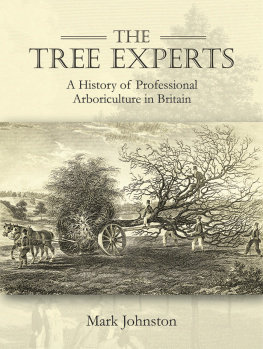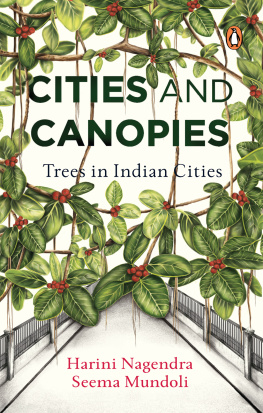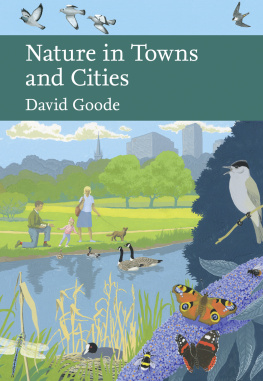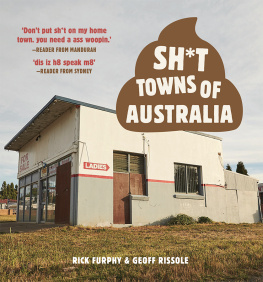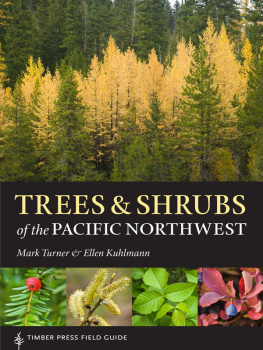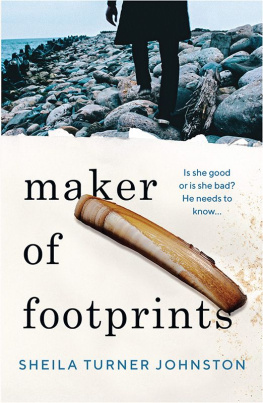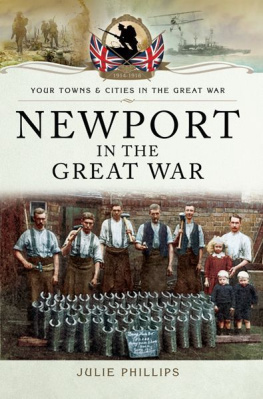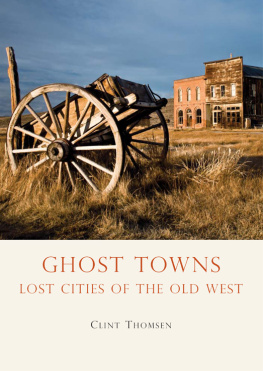Windgather Press is an imprint of Oxbow Books
Published in the United Kingdom in 2015 by
OXBOW BOOKS
10 Hythe Bridge Street, Oxford OX1 2EW
and in the United States by
OXBOW BOOKS
908 Darby Road, Havertown, PA 19083
Windgather Press and Mark Johnston 2015
Paperback Edition: ISBN 978-1-909686-62-5
Digital Edition: ISBN 978-1-909686-63-2
Kindle Edition: ISBN 978-1-909686-64-9
PDF Edition: ISBN 978-1-909686-65-6
A CIP record for this book is available from the British Library
All rights reserved. No part of this book may be reproduced or transmitted in any form or by any means, electronic or mechanical including photocopying, recording or by any information storage and retrieval system, without permission from the publisher in writing.
Printed in the United Kingdom by Berforts Information Press
For a complete list of Windgather titles, please contact:
| United Kingdom | United States of America |
| Oxbow Books | Oxbow Books |
| Telephone (01865) 241249 | Telephone (800) 791-9354 |
| Fax (01865) 794449 | Fax (610) 853-9146 |
| Email: | Email: |
| www.oxbowbooks.com | www.casemateacademic.com/oxbow |
Oxbow Books is part of the Casemate group
Front cover: One of the more impressive walks in London at The Royal Palace of St Jamess next to the park (Larwood 1880).
Preface
This book arose from a need to provide my degree students studying arboriculture and urban forestry with a convenient account of the history of urban trees in Britain. While there are some excellent books on the history of urban parks, gardens, and other open spaces, they often have limited information on trees or the development of urban arboriculture. Neither were there any book chapters or academic papers that gave adequate or concise coverage. In view of this, I decided to produce some notes myself with information gathered from various sources. These notes generated a lot of interest from both students and colleagues and it encouraged me to embark on a project to produce an entire book on the subject in the hope that this might fill a significant gap in the literature. Furthermore, I felt that this fascinating story could also appeal to a general readership of people interested in garden history, heritage landscapes and the natural and built environment.
When managing urban trees and greenspace, arboriculturists, urban foresters and other relevant professionals need to have a good understanding of the history and significance of those landscapes. Even in the harsh urban environment trees can live for a long time if given sufficient care and attention. For this reason, their impact on the urban landscape may continue for many decades, even centuries. For example, our current streetscapes are made up of many cultural and aesthetic influences, from the preference of the Victorian and Edwardian planters for their planes and limes, the popularity of flowering cherries in the 1950s, through to todays tailor-made trees. The wider urban landscape has also been subject to different fashions through the years that still persist today, such as the high-maintenance formal Victorian landscapes and the more naturalistic ecological landscapes of the 1980s. Examples of a range these influences can usually be found in most towns and cities. Do we protect those landscapes for what may be perceived as their heritage value or do we redevelop them into something which might be considered more appropriate for our needs today? Whatever management decisions are made, they should not be based on the arbitrary preferences of small pressure groups or a few powerful individuals. All of us, the professionals and the community, need to make an effort to understand where our urban landscapes have come from before we can make considered decisions, collectively, about where we want to take them in the future.
One of the difficulties in writing this book was to avoid producing yet another history of urban parks, gardens and other greenspaces and ensure that the text focused specifically on the trees and urban arboriculture. Nevertheless, in order to place the trees and woodland in context and give relevant background information, it has been necessary to give some of that broader history. I have also been conscious of the need to give a balanced view of this history that reflects the experience of the majority of urban dwellers at the time. Studies in garden and landscape history have often been preoccupied with those belonging to the rich and powerful. This book focuses particularly on working people and the extent to which they have been able to enjoy urban trees and greenspace.
In the research for this book I have done an enormous amount of reading on the historical aspects of urban trees and greenspace in Britain. Much of that has involved delving into some old and rare books that together have contained a wealth of information that seemed to have been long forgotten. I have also visited many historic landscapes, including parks, gardens and arboretums that I had not already seen during my career and that was a particularly enjoyable part of this project. All this information from a range of sources was then filtered through my own knowledge and experience of urban arboriculture acquired over forty years. At times it seemed that each chapter could be a book in itself and what is presented here is the result of some drastic editing. The decisions about what to include and what emphasis to give this have been entirely mine.
Many people have played a part in the production of this book. These contributions have been wide-ranging and have included sourcing information, facilitating site visits, commenting on draft chapters or giving me some valuable support for my wider academic and research work. There are too many people to name individually but the following acknowledgements must be given. My thanks go to the authors of the many books and articles that I have read while gathering information and a perspective on this history. Generally, those authors that are referenced most frequently are those that I have found particularly useful. I wish to thank to Paul Elliott of Derby University for his early work with me in setting up this project and for the benefit of his excellent published research on British arboriculture in the nineteenth century. In the early stages of this project I was fortunate to share an office and many stimulating conversations on this topic with my colleague Andrew Hirons of Myerscough College. The Library staff at Myerscough College were very helpful in sourcing relevant academic articles that I was not able to obtain myself. Sue Griffiths of Birmingham Trees for Life made a valuable contribution at a point where I was struggling for inspiration and for interesting photos that were not just focused on London. Diane Heath, a neighbour and photographer in Belfast, played a crucial role in ensuring that my illustrations were of sufficient quality to be a real credit to the text. Lastly, but most importantly, I want to thank my wife Anne for the wonderful support she has given me throughout this project. Without her understanding and encouragement this book would never have been written.
Mark Johnston
Belfast, August 2014
The Rise of Professional Arboriculture
Since trees were first planted and cultivated in Britains towns and cities, somebody has had to undertake this work. Those employed professionally on tree work have generally required a level of specialist knowledge, not least because of the risks involved in maintaining or removing mature trees in close proximity to people and built development. If that was not the case then this difficult and demanding work could be a particularly dangerous occupation, as many amateur tree workers down the years have found out to their cost.


